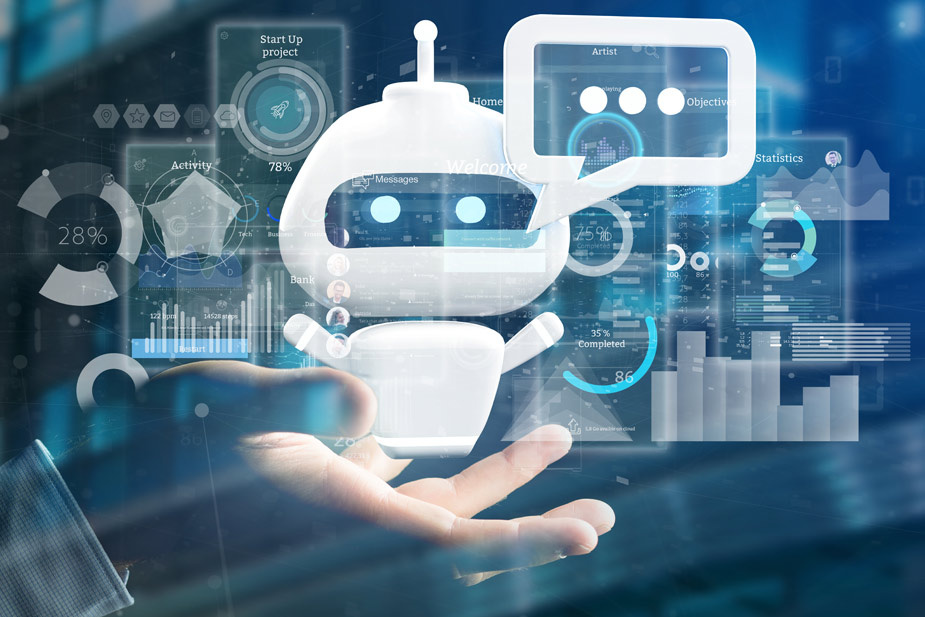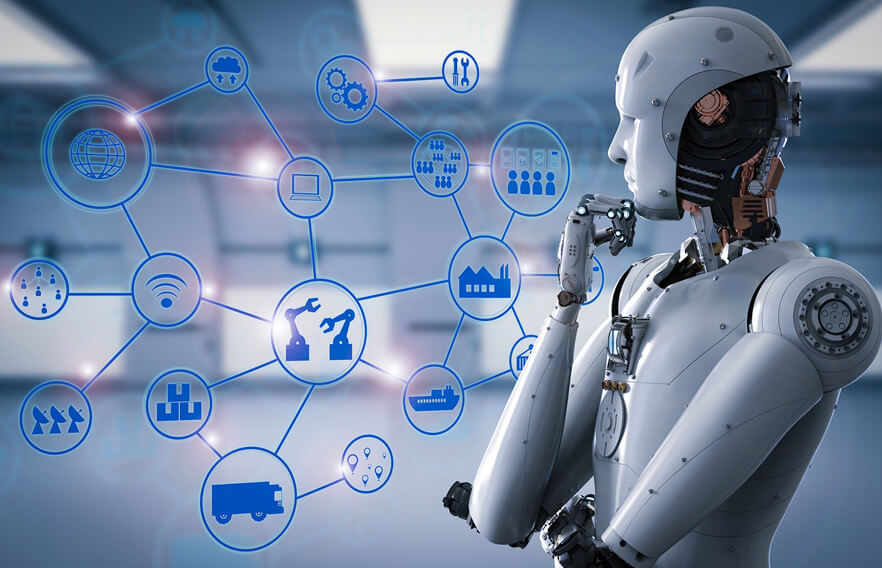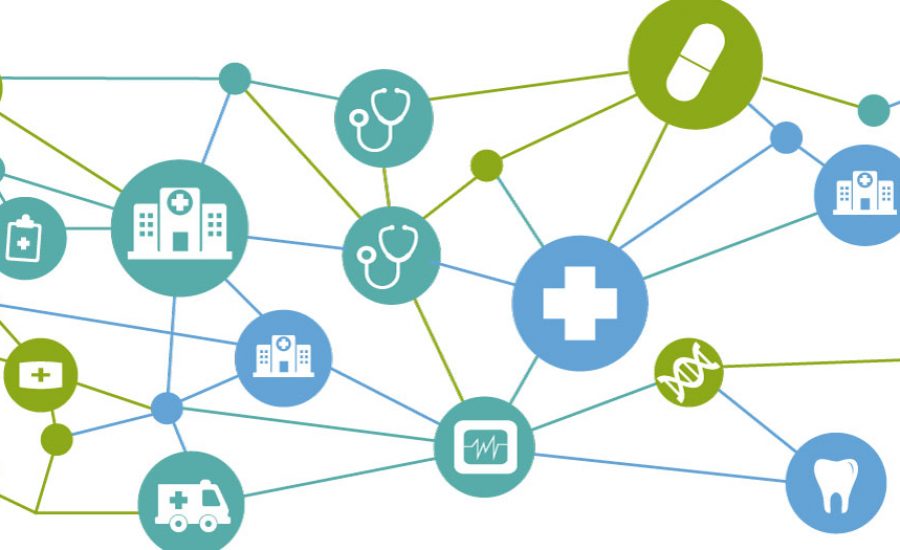10 Topics you need to know about ChatGPT
Introduction
ChatGPT, or Generative Pre-trained Transformer, is a language model developed by OpenAI that uses deep learning algorithms to generate human-like text. In this article, we will explore 10 different topics about ChatGPT, including its training data, architecture, applications, limitations, future, ethical considerations, accessibility, and more.
1. What is ChatGPT and how does it work?
ChatGPT is a language model developed by OpenAI that uses deep learning algorithms to generate human-like text. It is based on the transformer architecture, which uses an attention mechanism to focus on the most relevant parts of the input data when making predictions. The model was trained on a massive corpus of diverse text data, allowing it to learn the patterns and relationships in language. When given a prompt, ChatGPT generates a response by predicting the next word in the sequence based on the input it has received.
2. What data was used to train ChatGPT?
ChatGPT was trained on a diverse range of text data, including web pages, books, news articles, and other sources of written text. The data was sourced from the internet and preprocessed to ensure that it was appropriate for training the model. This large corpus of text data allowed ChatGPT to learn the patterns and relationships in language and generate coherent and coherently structured responses.
3. The transformer architecture used by ChatGPT
The transformer architecture used by ChatGPT is based on the attention mechanism, which allows the model to focus on the most relevant parts of the input data when making predictions. This allows the model to capture long-range dependencies and relationships in the data, making it well-suited for tasks like language generation and translation. The transformer architecture also enables ChatGPT to handle input sequences of varying lengths and to process data in parallel, making it faster and more efficient than other deep learning models.
4. The benefits of pretraining in ChatGPT
Pretraining is the process of training a machine learning model on a large corpus of data before fine-tuning it for a specific task. In the case of ChatGPT, the model was pretrained on a massive corpus of text data, allowing it to learn the patterns and relationships in language before being fine-tuned for specific applications. Pretraining enables ChatGPT to quickly adapt to new tasks and to generate more accurate and coherent responses.
5. Common applications of ChatGPT
ChatGPT has a wide range of applications, including chatbots, language translation, text summarization, and more. It can also be fine-tuned for specific tasks, such as sentiment analysis or question-answering. The versatility and human-like language generation capabilities of ChatGPT make it a valuable tool for a variety of industries and applications.
6. Limitations of ChatGPT and how to address them
ChatGPT is not perfect and has limitations, including issues with bias and the inability to fully understand context. However, these limitations can be addressed through fine-tuning the model and using it in conjunction with other models or techniques. It is also important to monitor and address potential biases in the training data used to train the model.
7. The potential future of ChatGPT
The future of ChatGPT is bright, with potential applications in areas such as personalized content creation, natural language processing, and more. As the model continues to be refined and improved, it will become increasingly capable of handling more complex tasks and generating more human-like text. The development of ChatGPT and other language models will likely play a significant role in the advancement of AI and the way we interact with and process language.
8. Ethical considerations surrounding the use of ChatGPT
The use of ChatGPT raises a number of ethical considerations, including issues related to bias, privacy, and accountability. It is important for organizations and individuals using the model to be aware of these issues and take steps to address them, such as monitoring the training data for biases and implementing measures to ensure that sensitive information is not shared or processed inappropriately. Additionally, it is important to consider the potential impact of ChatGPT on employment, as the model may be used to automate tasks previously performed by humans. It is important to responsibly develop and use ChatGPT and other AI technologies to ensure they have a positive impact on society.
9. Accessibility and interoperability of ChatGPT
ChatGPT is available through APIs provided by OpenAI, making it easily accessible for developers and organizations looking to integrate the model into their systems and applications. However, the interoperability of ChatGPT with other models and systems may vary, and it is important to carefully consider compatibility when integrating the model into existing workflows. Additionally, the cost of using ChatGPT can be a consideration for some organizations, as it may require significant computing resources and infrastructure.
10. The role of ChatGPT in the advancement of language modeling and AI
ChatGPT is a leading example of the advancements being made in language modeling and AI. The model's use of deep learning algorithms and transformer architecture has set a new standard for the quality and versatility of language models. The development of ChatGPT and other models like it is driving innovation and progress in the field of AI, enabling new applications and capabilities and advancing our understanding of language and its relationship with technology.
Conclusion
ChatGPT is a cutting-edge language model with a wide range of potential applications. From chatbots to language translation, text summarization, and more, ChatGPT has the potential to greatly improve the way we interact with and process language. However, as with any new technology, there are also ethical considerations to be aware of and addressed. Nevertheless, the future of ChatGPT looks bright, and its continued development and refinement will likely lead to even more exciting and innovative applications in the years to come.







Comments
Post a Comment